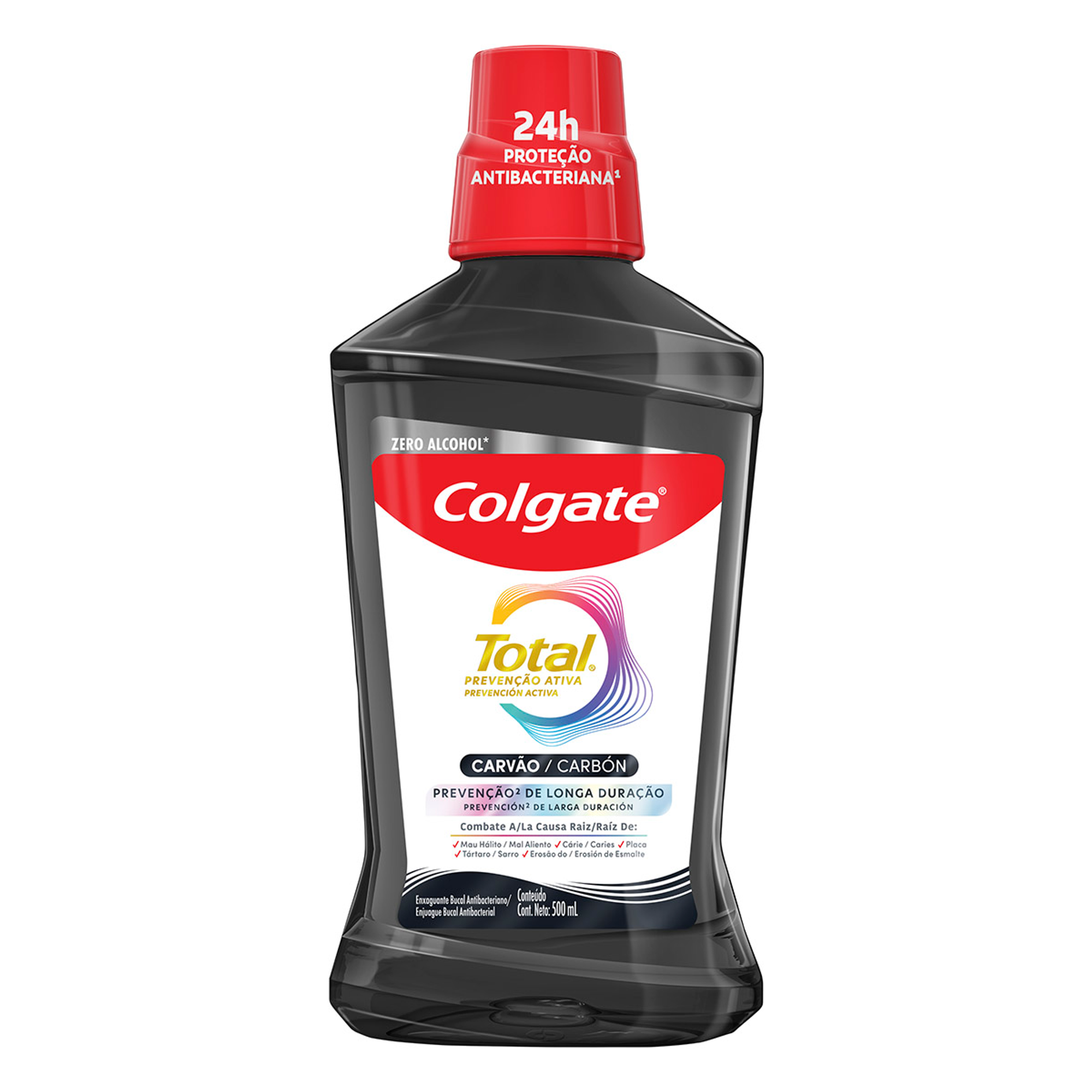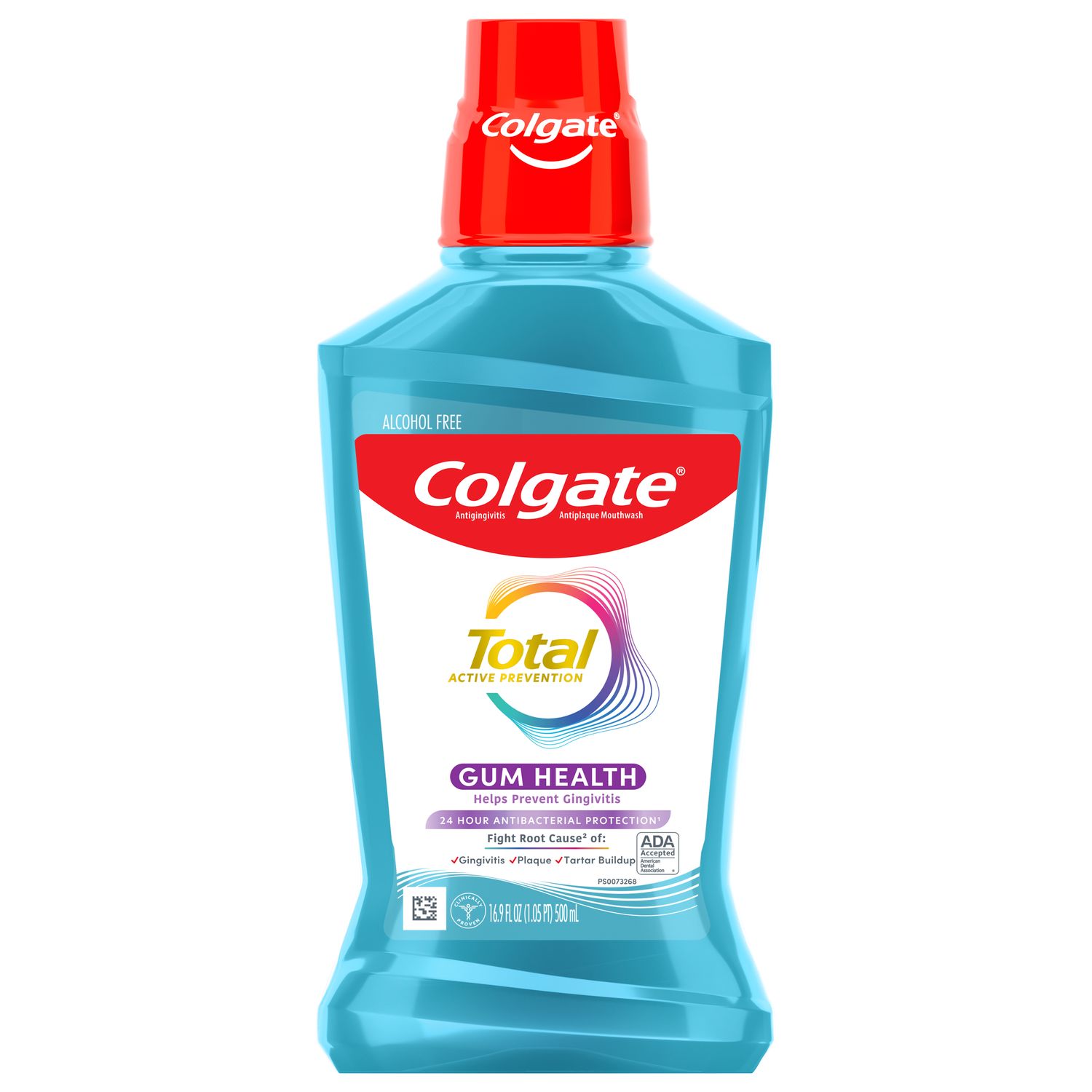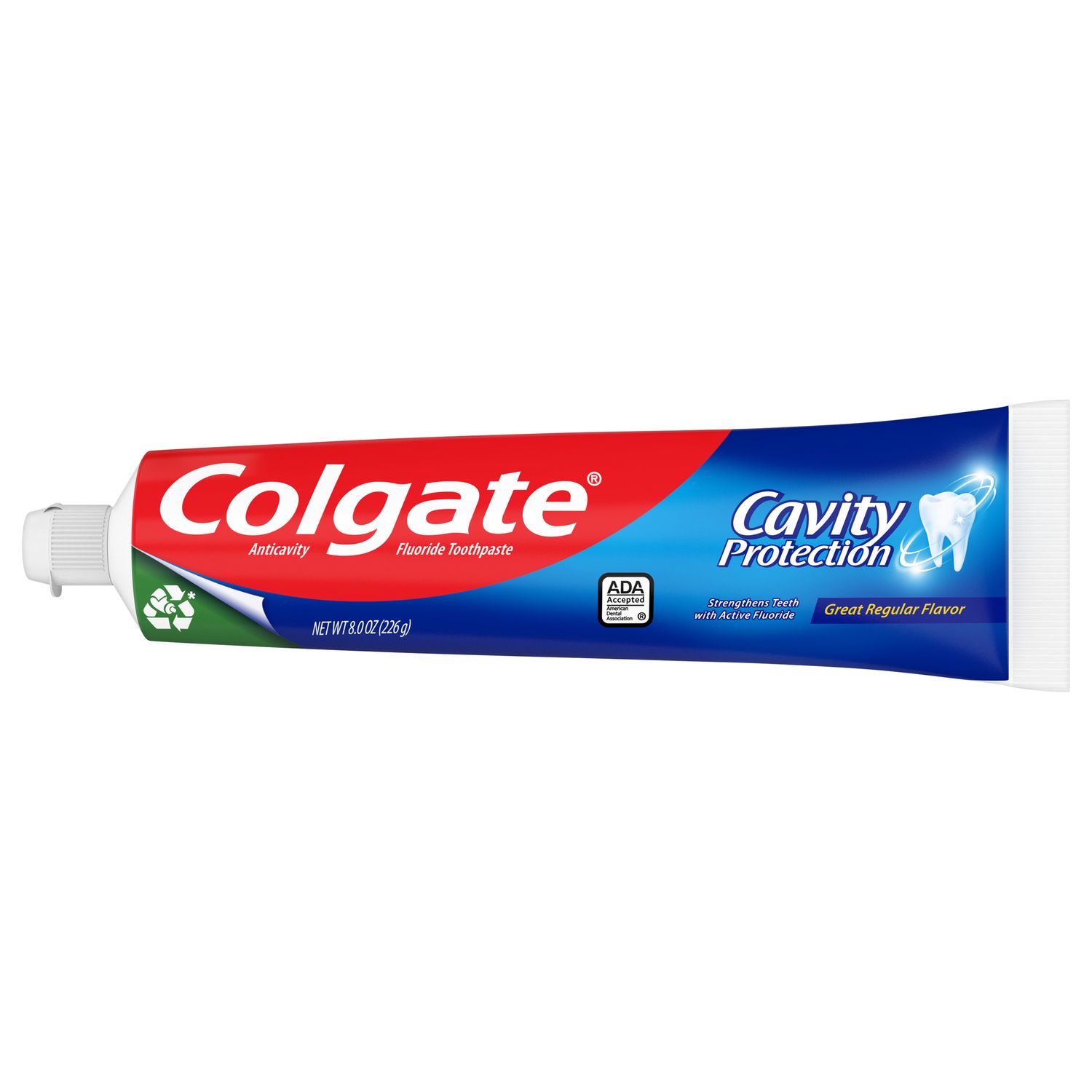What is a Crown?
A gold crown, commonly referred to as a gold tooth cap, is a prosthetic device placed over a broken down tooth to strengthen it and improve its appearance. If your dental professional has chosen a material that's close to your existing tooth color, it will be hard even to notice it! Crowns are cemented to teeth to ensure they'll stay in place, and only a dental professional can remove them.
Reasons for a Crown
Some common reasons for needing a crown are:
- To prevent a weakened tooth from fracturing.
- To restore an already cracked tooth.
- To act as a tooth replacement if only a small piece of one of your teeth remains.
- To serve as a cover for a root canal, a dental implant, or a discolored tooth.
Like any dental procedure, you can expect some minor side effects or uncomfortable feelings to get used to the first few days after. As noted by the Cleveland Clinic, there are a few potential crown tooth side effects or issues that could arise later on: temporary sensitivity around the crown, an issue with a crown becoming loose or chipped, a dark line next to the gumline of your crowned tooth, or an allergic reaction to a metal (although this is rare).
Gold Crowns
Though it's called a gold crown, it's actually a combination of gold, copper, and other metals. Besides the apparent unique smile, you'll have after completion, a gold tooth crown provides many positive benefits. The pros of a gold crown include:
- Seals well to prevent leakage and recurrent tooth decay.
- Highly resistant to corrosion, fracture, and wear due to its strength.
- A minimal amount of healthy tooth removal is necessary due to the strength of the metals.
- Very resistant to wear while gentle to adjacent teeth.
- Has high compatibility with gum tissue.
Did you know there are five main types of dental crown materials? Cleveland Clinic outlines them as metal (which includes gold, nickel, palladium, nickel, and chromium), porcelain, a combination of porcelain and metal, resin, and ceramic. While other materials have gained in popularity, gold is still used. One of the main reasons your dental professional may choose a gold crown is its durability. Your dental professional will recommend the type of crown that's right for you and discuss the pros and cons of each. They'll discuss with you what makes the most sense in regards to the damage to your tooth, as well as your lifestyle, budget, and personal preference!
History of Gold Crowns
Constructing tooth appliances and accessories is an ancient practice. Gold tooth decorations or ornaments date back as far as 4,000 years ago in Southeast Asia, according to the academic paper titled "Gold Work, Filing and Blackened Teeth: Dental Modifications in Luzon." Modifying teeth, be it gold, blackening, or filing, was a beautification method and showed one's status. In Luzon, an island in the Philippines, the earliest traces of gold teeth were found between the fourteenth and fifteenth centuries.
Gold dental appliances have gone in and out of popularity as a status symbol for many years, so it's no surprise they date back so far. Archeologists also found gold dental appliances from the Etruscan people of Italy, as early as 630 BCE, interpreting them to be some of the earliest forms of bridges and replacement teeth.
Whether you've already got a crown or haven't even had any major dental work, keeping your teeth and gums healthy should be a priority. That means scheduling regular check-ups with your dental professional. They're an excellent source for information, such as proper brushing techniques and identifying the onset of tooth decay. The rest is up to you! Be diligent with your daily oral care routine. Brush your teeth twice a day, clean between your teeth once a day with floss, an interdental cleaning device, or a water flosser, and then rinse with mouthwash. But sometimes things happen, and a crown ends up being unavoidable! Speaking with your dental professional about your dental crown options and why a gold crown may be ideal for you should ease your mind.
This article is intended to promote understanding of and knowledge about general oral health topics. It is not intended to be a substitute for professional advice, diagnosis or treatment. Always seek the advice of your dentist or other qualified healthcare provider with any questions you may have regarding a medical condition or treatment.
ORAL HEALTH QUIZ
What's behind your smile?
Take our Oral Health assessment to get the most from your oral care routine
ORAL HEALTH QUIZ
What's behind your smile?
Take our Oral Health assessment to get the most from your oral care routine















